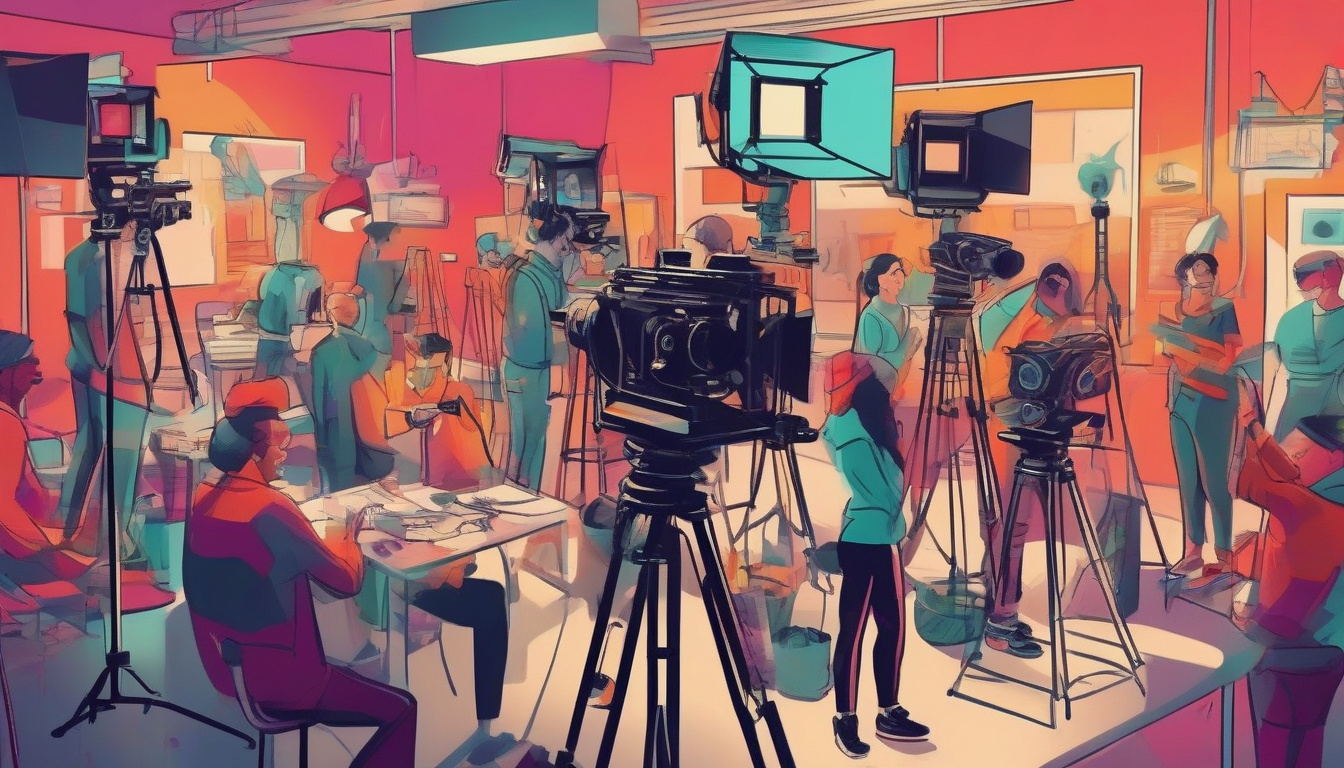Top Screenwriting Software for Aspiring Writers
The journey to becoming a successful screenwriter is often marked by endless revisions, creative blocks, and the quest for the perfect way to structure one’s ideas. Thankfully, there’s an array of screenwriting software available designed to streamline the writing process, making it easier for aspiring writers. This article highlights some of the top screenwriting software options that offer great functionality, ranging from basic script formatting to complex story structuring tools, catering to different needs and budgets.
Final Draft
Regarded by many industry professionals as the gold standard for screenwriting, Final Draft offers a wide array of features suited for both beginners and seasoned writers. Its intuitive interface, coupled with its ability to automatically format scripts to industry standards, makes it a top choice. Final Draft also boasts unique tools like Story Map and Beat Board, which help writers structure their narratives more efficiently. While it comes with a premium price tag, its extensive suite of features justifies the investment for many.
Scrivener
Although Scrivener is more than just screenwriting software, it’s revered among writers for its flexibility and organizational capabilities. Designed for long-form writing, it accommodates screenplays with its screenplay mode, allowing for proper formatting. What sets Scrivener apart is its ability to manage large documents, offering a corkboard view, document notes, and a customizable interface, which can be particularly helpful in managing complex stories or multi-part narratives. Its affordability makes it an excellent option for writers who are also involved in novel writing or academic research.
Celtx
Celtx is a robust cloud-based screenwriting software that caters to the needs of beginners and professionals alike. It’s renowned for its ease of use and collaboration features, allowing teams to work together seamlessly on a project. Besides screenplay formatting, Celtx packs pre-production tools like storyboarding, budgeting, and scheduling, making it a comprehensive platform for not just writing but also planning and managing production aspects. The software operates on a subscription model, making it accessible for those who prefer an ongoing payment structure.
WriterDuet
WriterDuet is a modern screenwriting software that focuses on collaboration, enabling writers to work together in real-time, regardless of their location. This feature is particularly valuable for writing teams or partners. Besides collaboration, WriterDuet offers superb script formatting capabilities, comprehensive outlining, and the ability to import/export from other major screenwriting software. Its flexible pricing model includes a free version with basic features, which is great for aspiring writers testing the waters.
Fade In
Fade In is often cited as a professional-grade screenwriting software with a more attractive price point than some of its counterparts. Its clean, no-nonsense interface focuses on the essentials of screenwriting, providing all the necessary tools for formatting, organizing, and navigating scripts. Fade In supports a wide range of file formats for import/export and offers robust versioning and revision tracking tools. Its affordability and powerful features make it a favorite among indie filmmakers and writers seeking professional-quality software without breaking the bank.
Choosing the right screenwriting software can significantly impact a writer’s productivity and creative process. Each of the above options has its unique features and strengths, catering to different aspects of writing and production planning. Aspiring writers are encouraged to explore these options to find the software that best suits their workflow, style, and budgetary constraints.






